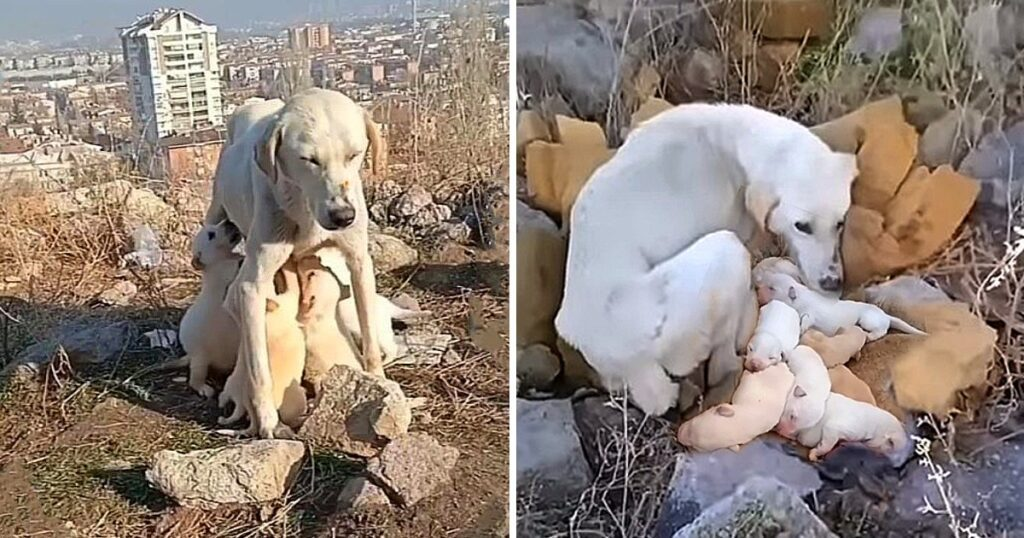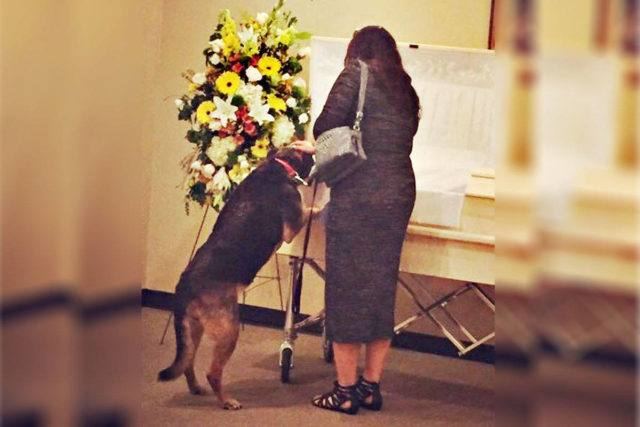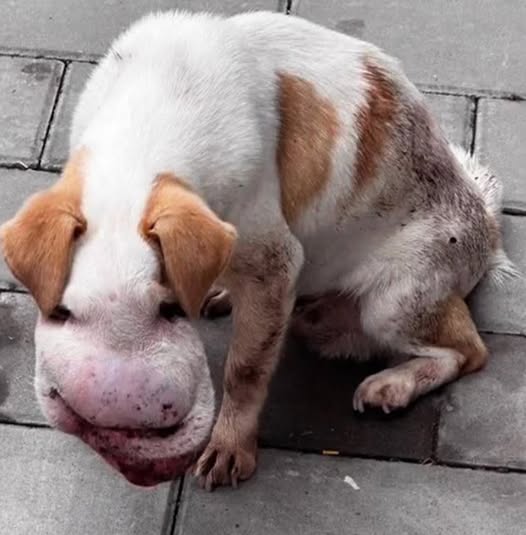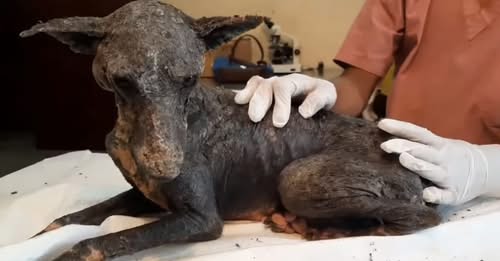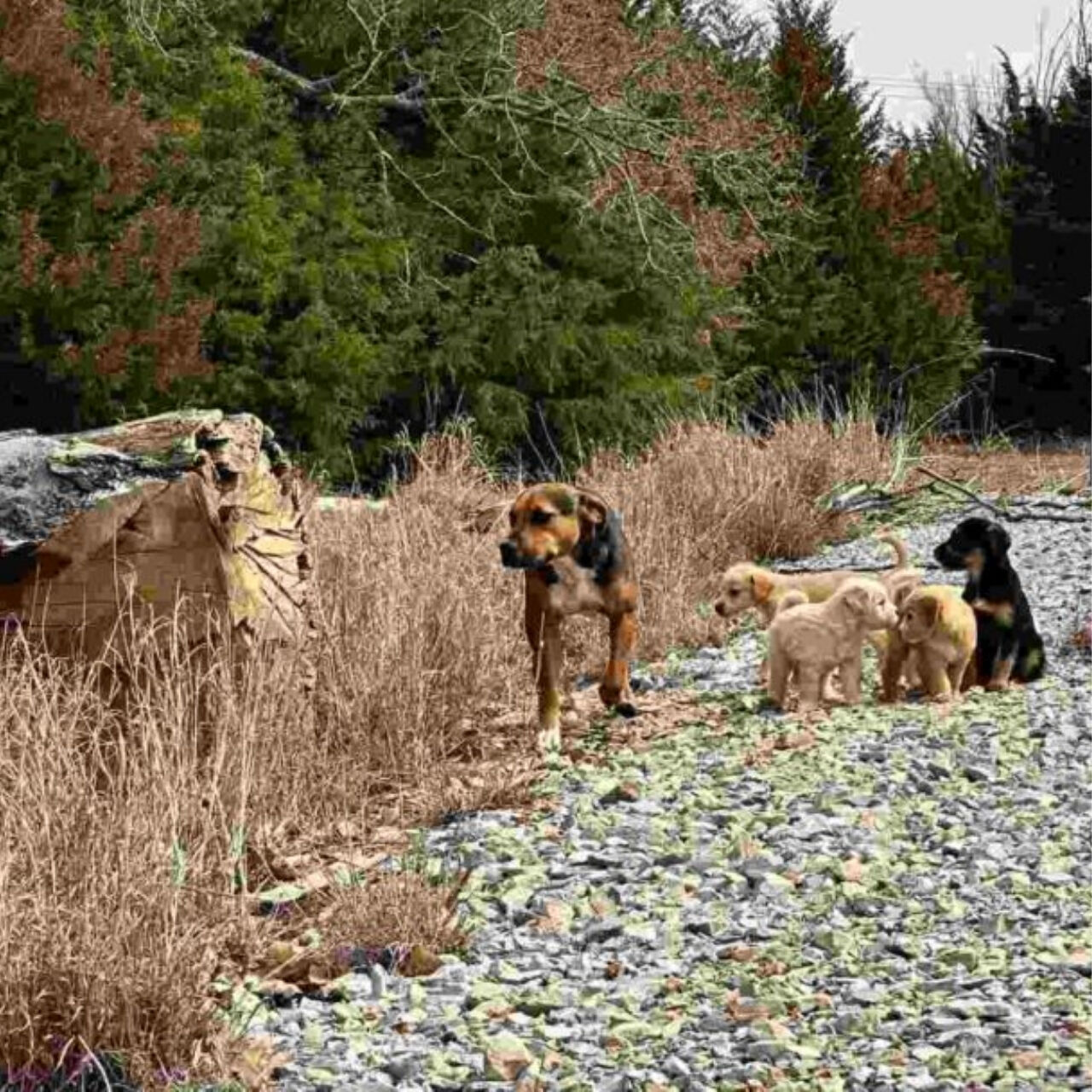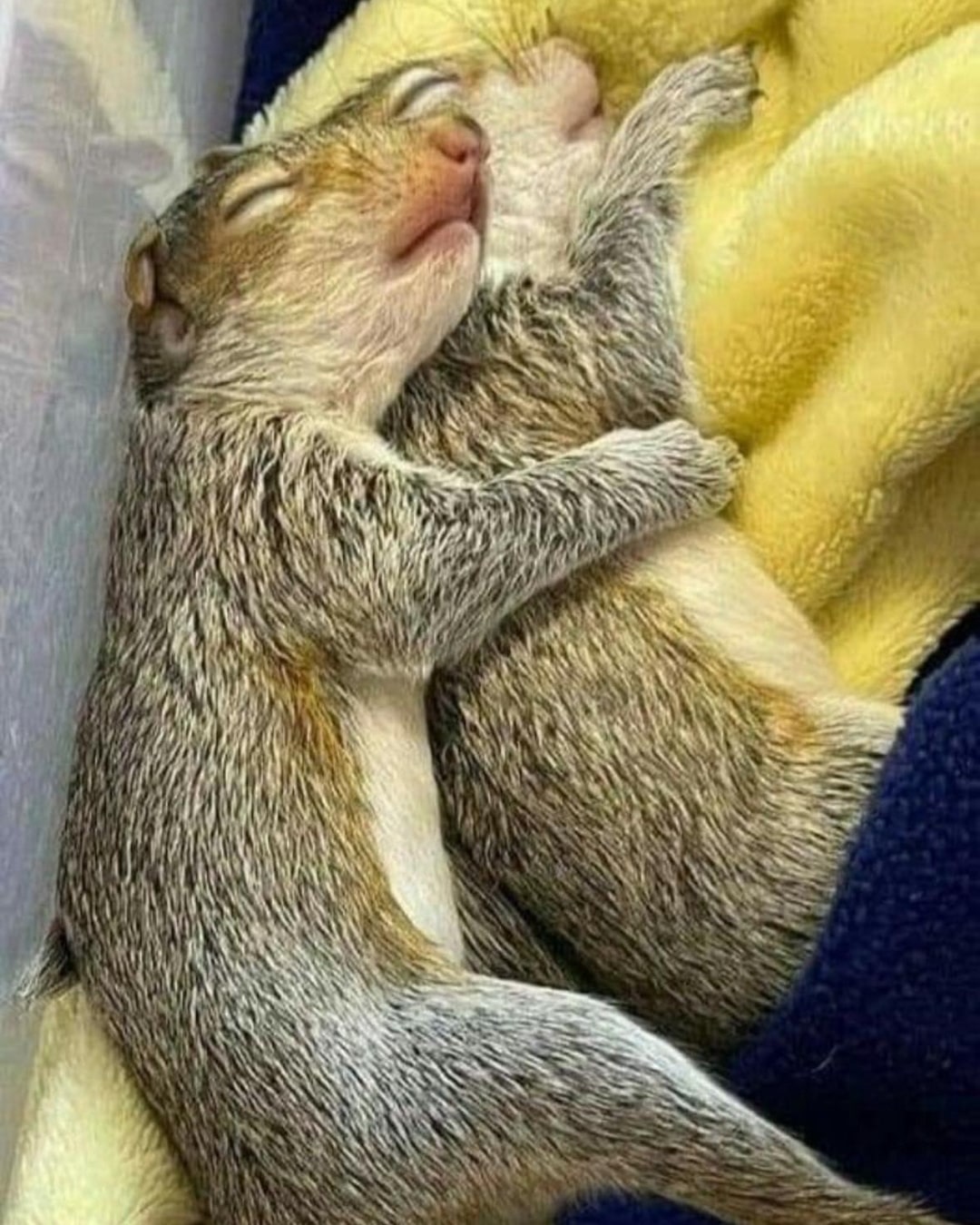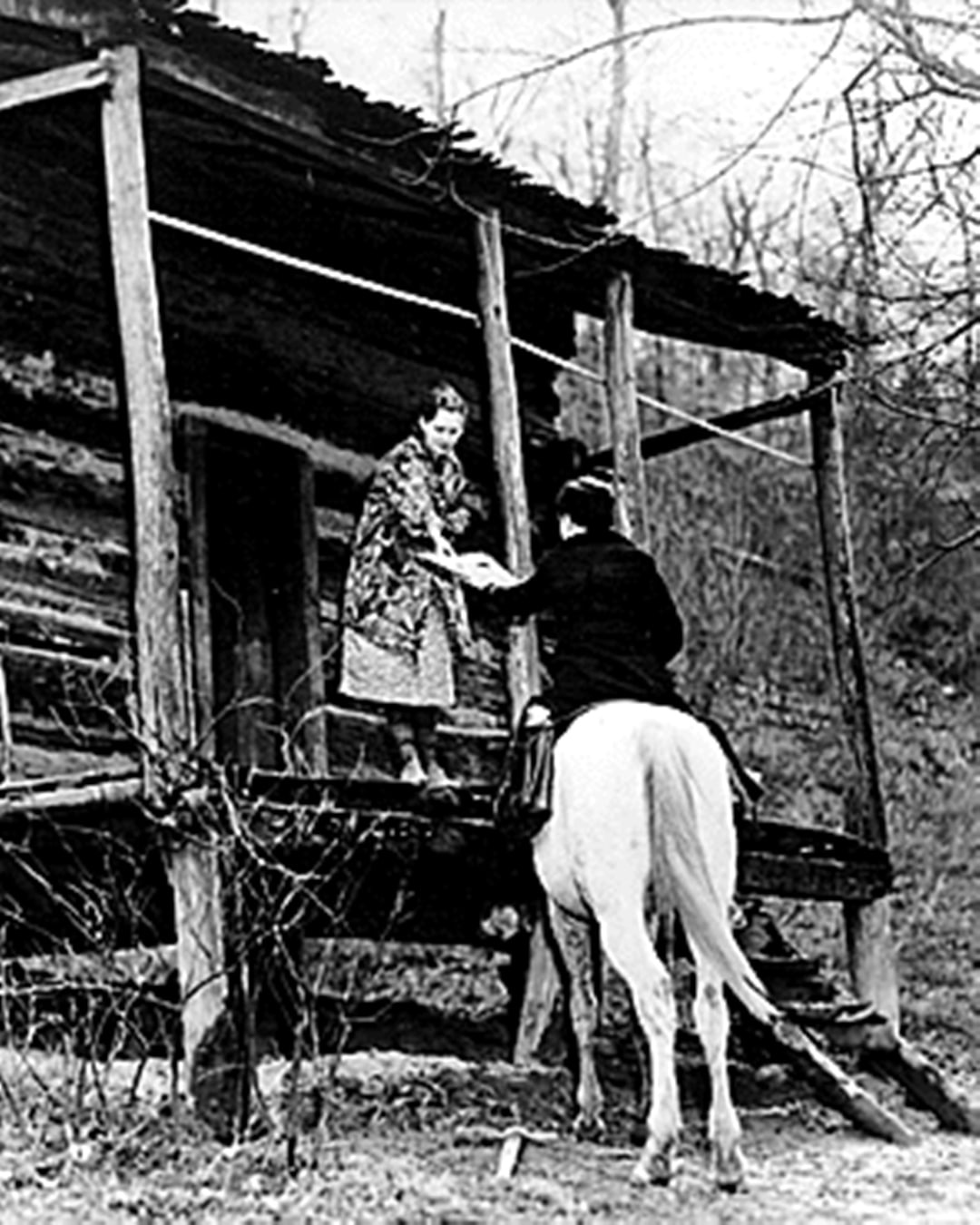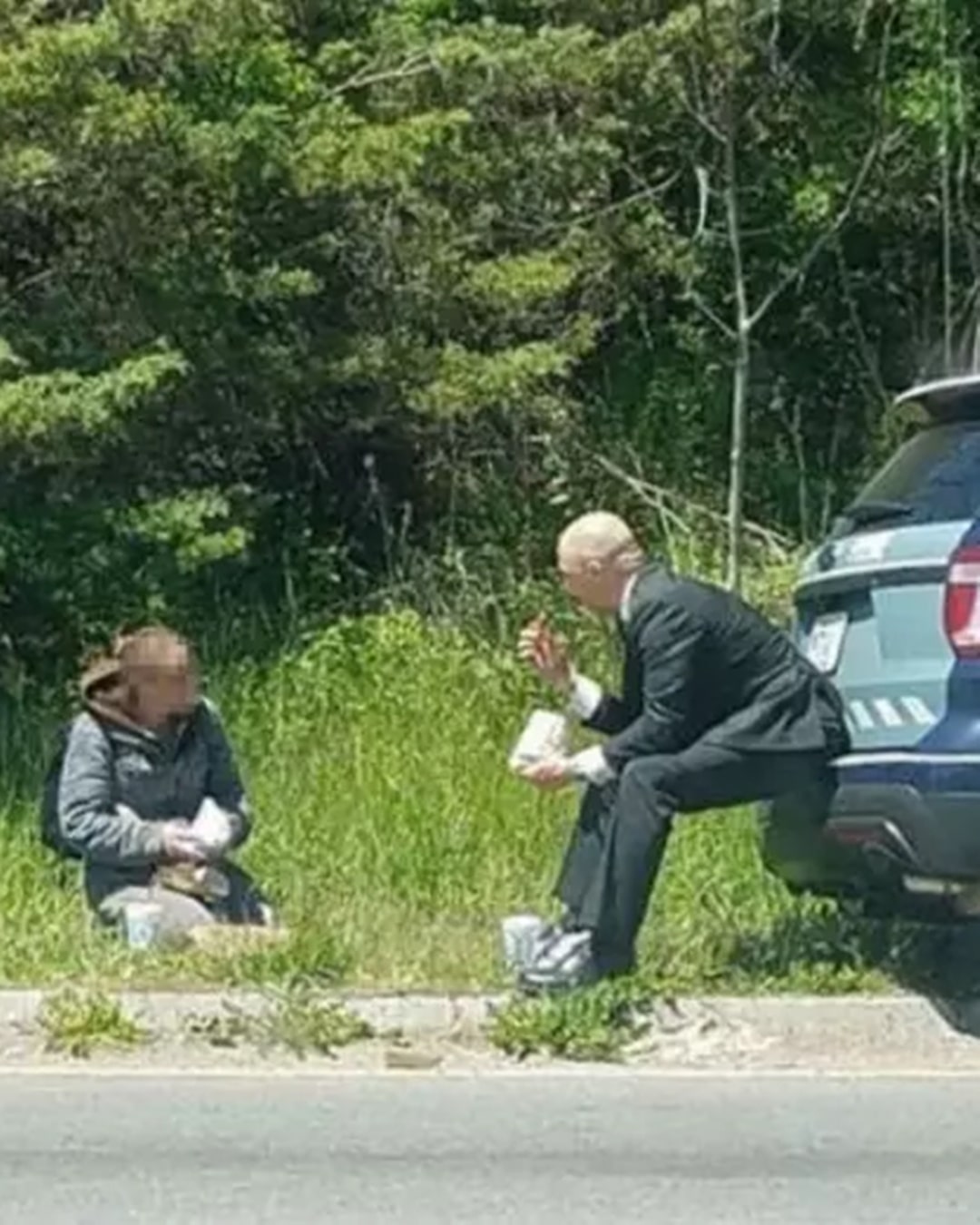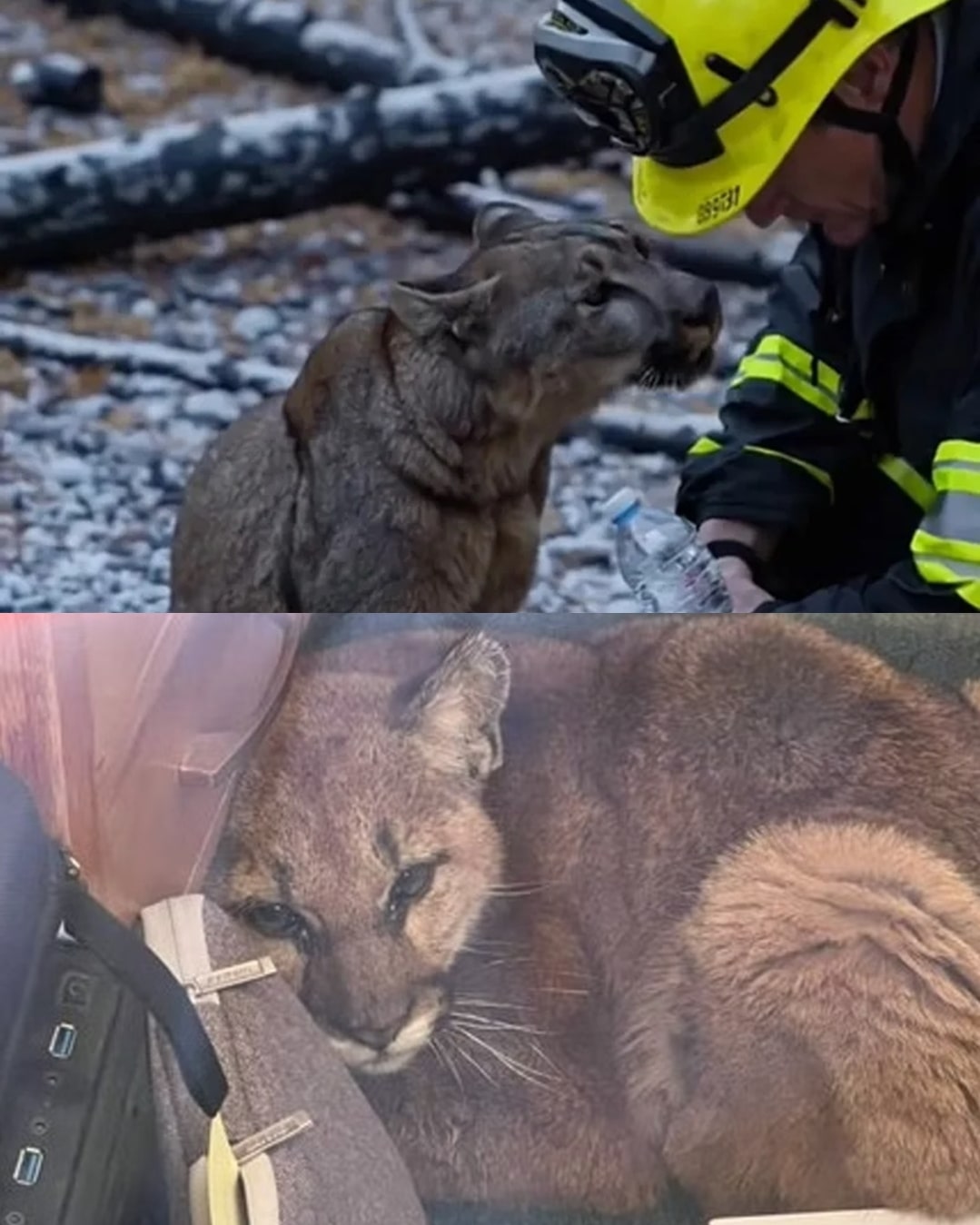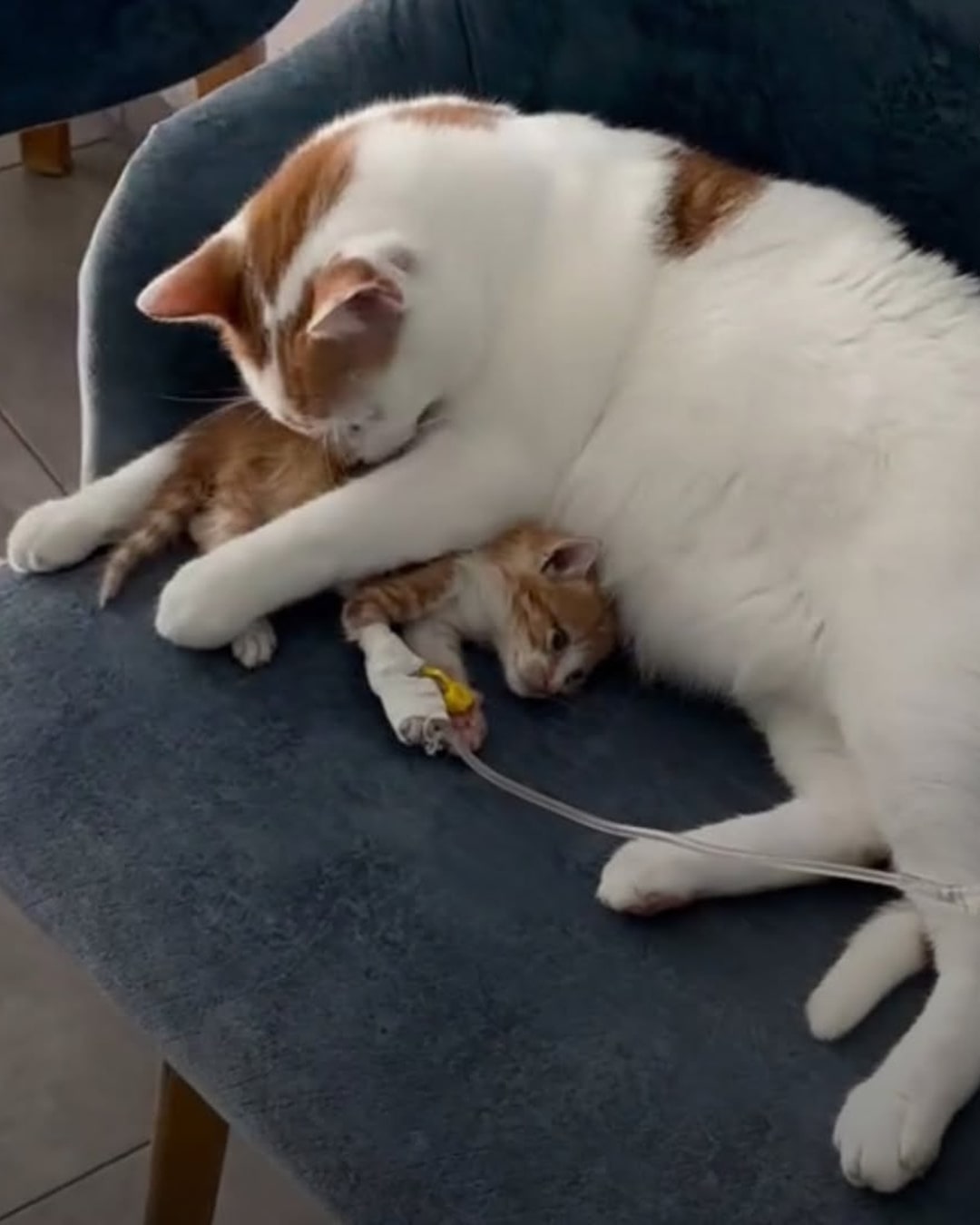Last weekend, a family discovered a tiny, frail baby squirrel crying in their yard. No more than a few weeks old, she was dehydrated, malnourished, and alone—her desperate cries a sign that something had happened to her mother. The family took her in, offering warmth and water, but rescuers reminded them: where there’s one, there are usually more.
The next day, their fears proved true. A second squirrel appeared—her brother, just as weak, crawling with fleas, and barely holding on. Against the odds, he too had found his way to safety.
Now, rehydrated, fed, and cleaned, the siblings are curled up together once more, their tiny hearts beating side by side. Their rescue carries a lesson: when you can’t reunite babies with their mother, you must always look for the rest—and never separate siblings.
Because survival is not only about food and shelter—it’s also about the comfort of not being alone.
This touching scene, of two tiny lives reunited against all odds, is more than just a heartwarming story; it’s a critical lesson in wildlife intervention that every compassionate person needs to understand. When you find a baby squirrel alone, your first instinct is to swoop in and save it. That instinct comes from a good place, but the actions that follow determine whether you are truly helping or potentially causing more harm. The family in this story navigated a difficult situation with care, but it was the guidance of experienced rescuers that led to the best possible outcome. Their journey highlights the essential protocols for handling orphaned wildlife, emphasizing a truth that animal rehabilitators champion every day: the profound, life-sustaining importance of the sibling bond. When a mother is gone, brothers and sisters become each other’s lifeline, a source of warmth, security, and the silent reassurance that they are not alone in a terrifying new world.
The initial discovery of the first baby squirrel, the little female, presented a common but critical dilemma. She was clearly in distress. For any homeowner, this sight triggers a wave of questions: Should I intervene? Is the mother coming back? What do I do with a baby squirrel? The first rule of wildlife rescue is always to observe from a distance, if possible. A mother squirrel is resourceful and will often retrieve a fallen baby if given the chance. However, signs of immediate danger—such as visible injuries, the presence of predators, or being cold and covered in insects like fleas or fly eggs—warrant immediate, careful intervention. This baby was crying desperately, a sign she had been alone for a long time. The family did the right thing by providing a gentle source of warmth, like a heating pad set on low under a box, and contacting a wildlife rescue center. Giving food or water, especially cow’s milk, can be fatal to a dehydrated baby animal, so their decision to wait for expert advice was crucial.
The reminder from the rescuers to look for siblings was not just a casual suggestion; it was a directive rooted in squirrel biology. Squirrels typically give birth to litters of two to five babies, called kits. If one has fallen or wandered from the nest, it is almost certain the others are nearby, likely in a similar state of distress. Leaving them behind is an unintentional death sentence. The family’s search the next day was an act of profound diligence. Finding the brother, equally weak but still fighting, was a moment of bittersweet triumph. He was in terrible shape, but he was alive. Getting him to safety and beginning the slow process of rehydration and care alongside his sister marked the true beginning of their recovery. Had they not searched, he would have perished alone, and his sister’s chances of survival, even with human care, would have been significantly diminished.
The science behind keeping wildlife siblings together is compelling. For tiny, fragile mammals, the benefits are immediate and physiological. The most critical is thermoregulation. Baby squirrels cannot regulate their own body temperature effectively and rely on their mother’s and siblings’ body heat to stay warm. When curled up together, they create a micro-environment that conserves precious energy that would otherwise be spent just trying to stay warm—energy that is desperately needed for growth and healing. Beyond warmth, the physical contact provides immeasurable psychological comfort. The familiar scent and the rhythmic beating of a sibling’s heart drastically reduce stress levels. A lone baby animal is in a constant state of high alert, its body flooded with stress hormones like cortisol, which can suppress the immune system and hinder recovery. A baby snuggled with its siblings feels secure, allowing it to relax, sleep deeply, and focus its energy on getting stronger.
As the siblings began their rehabilitation, the importance of their bond became even more apparent. Once they were properly hydrated and had received initial nutrition, their behavior began to change. They weren’t just two separate animals in a box; they were a unit. They instinctively curled around each other, groomed one another with tiny licks, and communicated with soft chirps and squeaks. This social interaction is vital for their development. Through these early interactions, they learn crucial squirrel behaviors—how to play, how to establish social hierarchies, and how to communicate. A squirrel raised in isolation may survive, but it often becomes what rehabilitators call “human-imprinted,” lacking the social skills necessary to integrate with its own kind if release back into the wild is the ultimate goal. Siblings act as the first and most important teachers, ensuring that their development is as natural as possible, even in an unnatural setting.
Their journey from near-death to playful, thriving kits was a testament to both dedicated human care and the power of their innate connection. The meticulous process involved round-the-clock feedings with a specialized formula, careful cleaning to remove the parasites that plagued them, and a quiet, warm environment free from stress. Watching them, the family saw not just animals, but a profound story of resilience unfolding. They saw the brother, who was weaker initially, begin to gain weight, spurred on by the presence of his sister. They saw the sister, once crying in solitude, now resting peacefully, her tiny paws often draped over her brother. Their survival was a collaborative effort. Each one provided something the other needed, a silent partnership that no human caregiver could ever replicate. Their shared struggle had forged an unbreakable bond that was now fueling their shared recovery. This is the magic that happens when you honor the natural order of family, even after tragedy has struck. It serves as a powerful reminder that our role as rescuers is not to replace nature, but to support it in every way we can. The decision to keep them together was as vital as any medicine or food they were given.
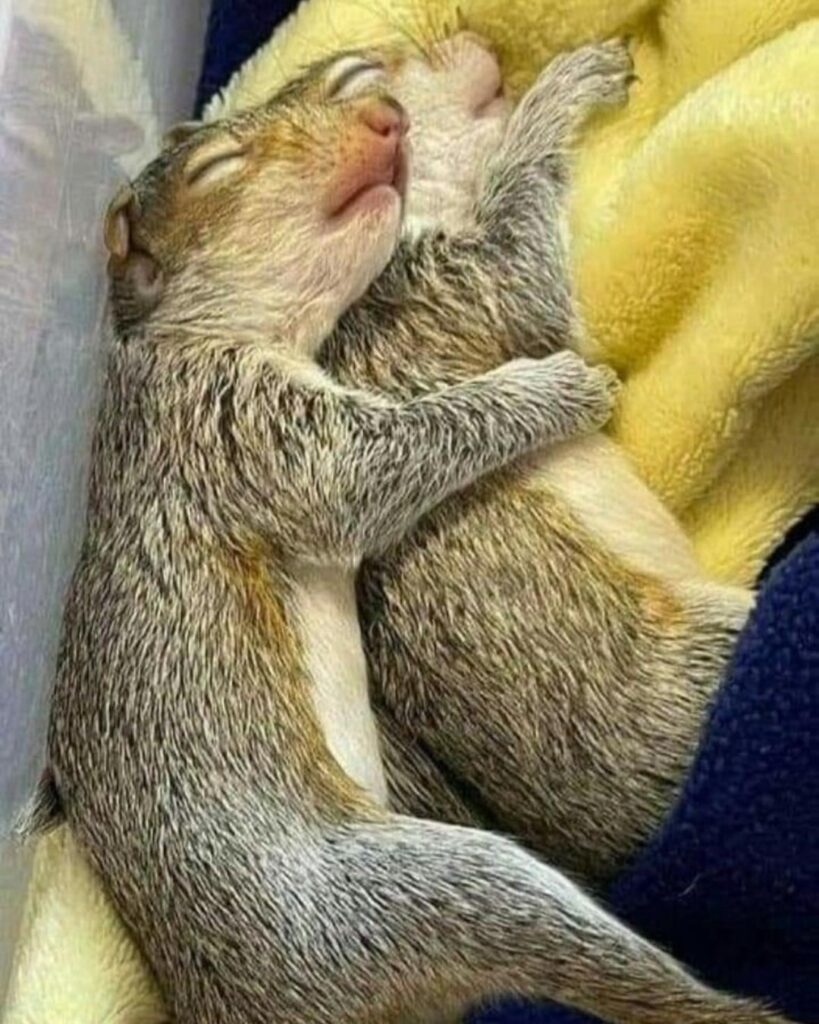
Last weekend, a family discovered a tiny, frail baby squirrel crying in their yard. No more than a few weeks old, she was dehydrated, malnourished, and alone—her desperate cries a sign that something had happened to her mother. The family took her in, offering warmth and water, but rescuers reminded them: where there’s one, there are usually more. The next day, their fears proved true. A second squirrel appeared—her brother, just as weak, crawling with fleas, and barely holding on. Against the odds, he too had found his way to safety. Now, rehydrated, fed, and cleaned, the siblings are curled up together once more, their tiny hearts beating side by side. Their rescue carries a lesson: when you can’t reunite babies with their mother, you must always look for the rest—and never separate siblings. Because survival is not only about food and shelter—it’s also about the comfort of not being alone.
